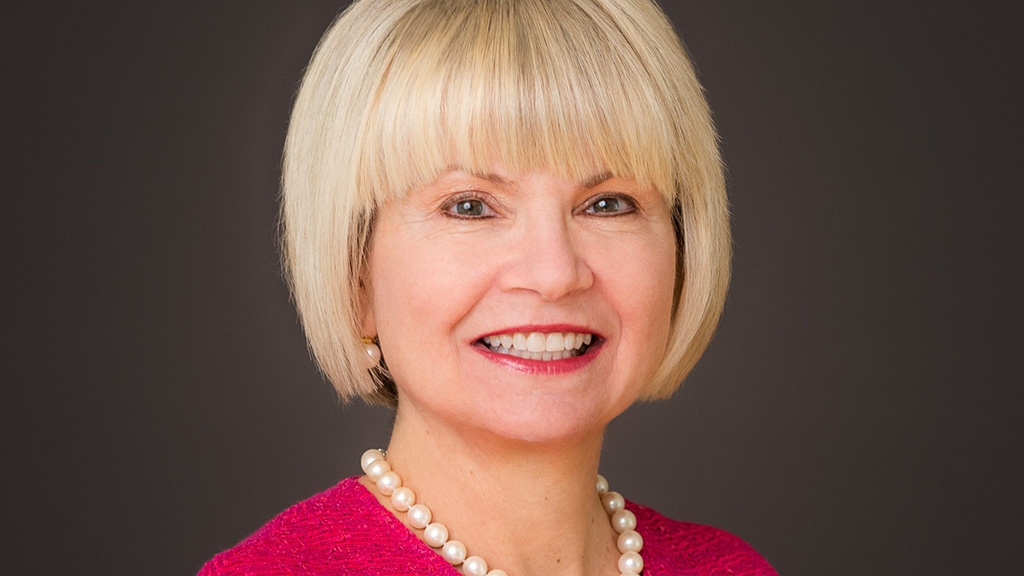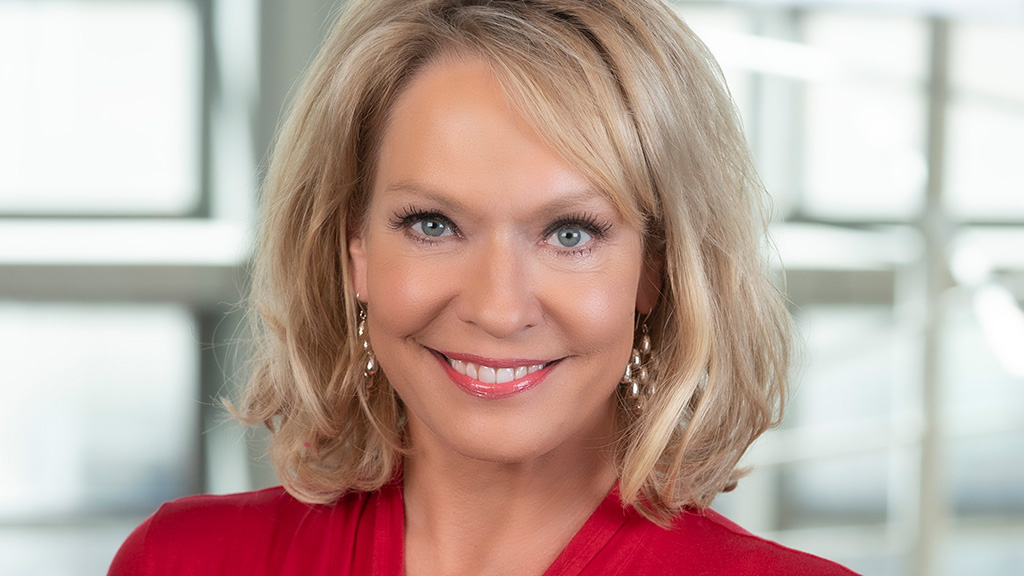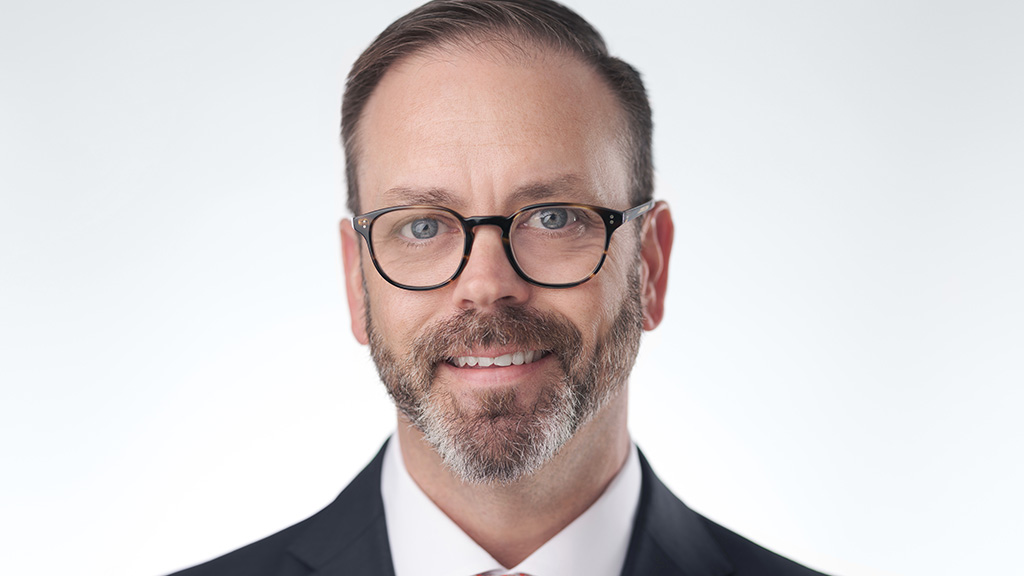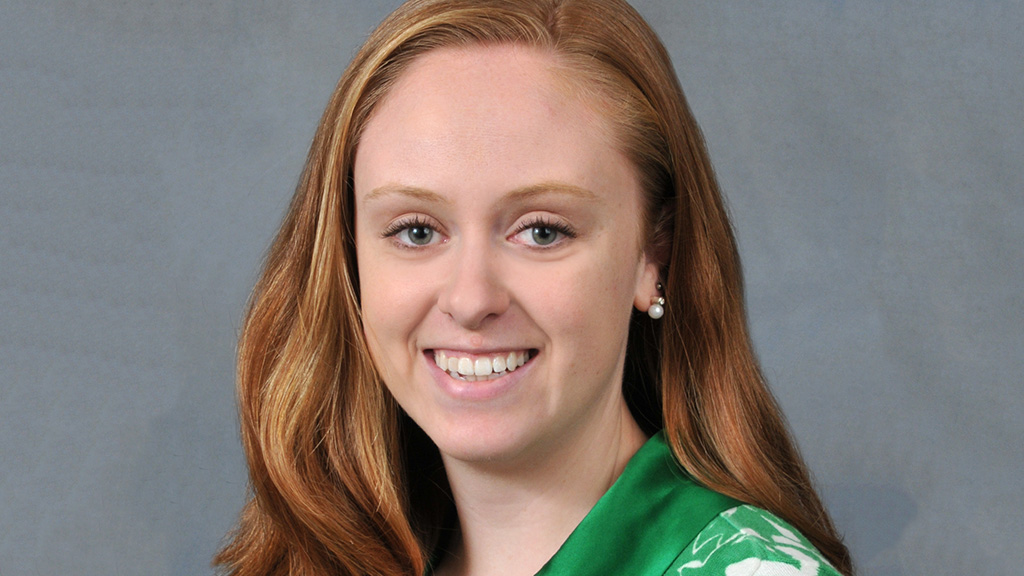September 9, 2024
First-time CEO

As president and CEO of Healthcare Leadership Council, Maria Ghazal unites health care stakeholders.

Brikman succeeds Amy Elfantis at helm of Plasma Protein Therapeutics Association

Succeeds Pat Cleary as leader of professional employer organizations’ association.
May 6, 2024

Obesity Medical Association’s executive director makes decisions that create welcome change.

International Wood Products Association executive's small-business connection helps move her career forward.
November 6, 2023

Association Forum CEO Artesha Moore looks to advance diversity in the association realm.
October 10, 2023

National Organization of Minority Architects executive director reflects on leadership.
